|
|
It may surprise you that in 2022, 2.2 billion people globally don’t have access to safe, clean drinking water. Meanwhile, 3 billion don’t have basic handwashing establishments, and 4.2 billion don’t have safely managed sanitation services.
The issue, of course, is that lacking clean water and hygiene leads to dangerous conditions and diseases that are otherwise easily avoidable, like diarrhea, typhoid, hepatitis A, and trachoma.
Water scarcity impacts developing nations and children most – in fact, 1 in 5 deaths of children aged five and under is the result of a water-related disease. So, why are we dealing with the water crisis in the first place? What can we do to ensure access to clean water in the future?
Busy? Try the speed read.
A new report from the WHO and UNICEF shows that 1.8 billion people now have access to clean drinking water since 2000, yet billions are left behind. The lack of clean water disproportionately affects women, girls, and the poorest people, especially developing countries.
Why is this still an issue in 2022? What can we do for clean water in the future?
Dig deeper → 3 min
Who’s Impacted Most by Water Scarcity?
In 2010, the United Nations proclaimed water and sanitation a fundamental human right. It also included these necessities as Sustainable Development Goal (SDG) 6, as they’re vital to our health, sustainable economy, education, and the environment. Yet we’re still far off from reaching our goal.
WHO Director, Department of Public Health, Environmental and Social Determinants of Health, Dr. Maria Neira says we will need to double our sanitation efforts to reach universal access by 2030.
The water crisis affects developing nations most for a variety of reasons. Developing countries often lack the infrastructure, funding, and governance to implement proper water systems. We’re also now facing issues with natural water cycles due to global warming, bringing on water scarcity issues.
Even when water is accessible, it’s often not clean. In Ethiopia, about 60% of the population doesn’t have access to drinking water, and half of those people get often-contaminated water from ponds, natural springs, and hand-dug wells.
In Papua New Guinea, 87% of people don’t have a toilet, with many people defecating outside. Yet 51% of people drink from surface water like ponds and lakes, which are more likely to be unsanitary.
Plus, the lack of sanitation facilities disproportionately impacts girls. In 2019, one in seven girls missed school because of menstruation in West Africa because they didn’t have access to the appropriate facilities.
The lack of access to clean water leads us to water scarcity – when clean drinking water isn’t readily available, people must go out of their way. On average, Africans travel six kilometers (3.5 miles) on foot every day to get it. Females are also statistically more likely to be responsible for water collection.
Eight out of every ten households in 2017 noted that the women and girls of the family were responsible for water collection in homes without water supply onsite, making it even harder for girls to get to school.
Clean Water in the Future for All?
Despite our current disappointing state of sustainable drinking water, we’re on the right track. A report from the World Health Organization (WHO) and UNICEF found that since 2000, 1.8 billion people have acquired access to essential drinking water services. The population practicing open defecation has gone from 21% to 9%, dramatically improving sanitation.
However, the same report also notes the inequalities – 8 in 10 people who live in rural areas lack access to these basic services. Of the countries able to provide estimates for different wealth groups, one in four noted that the wealthiest people are twice as likely to have access to basic water services compared to the poorest people.
It’s clear that we still have work to do. Thankfully there are many charities, like UNICEF, working on the cause. Government agencies are also helping. For example, Canada gave $40 million to the African Water Facility between 2005 and 2017. In 2020, the US gave $450 million in support of water, hygiene, and sanitation to 41 countries.
Issues of water scarcity and clean water in the future are complex, and they run the gamut from freshwater overuse in farming to matters of hygiene and sanitation. They disproportionately impact marginalized people. While government agencies and charities step in, individuals can act too.
Ultimately, staying educated on these topics and sharing that knowledge with your network can go far. Then, we must use our voices together to push for change by reaching out to our local officials. So – how will you start a discussion about the water crisis today?
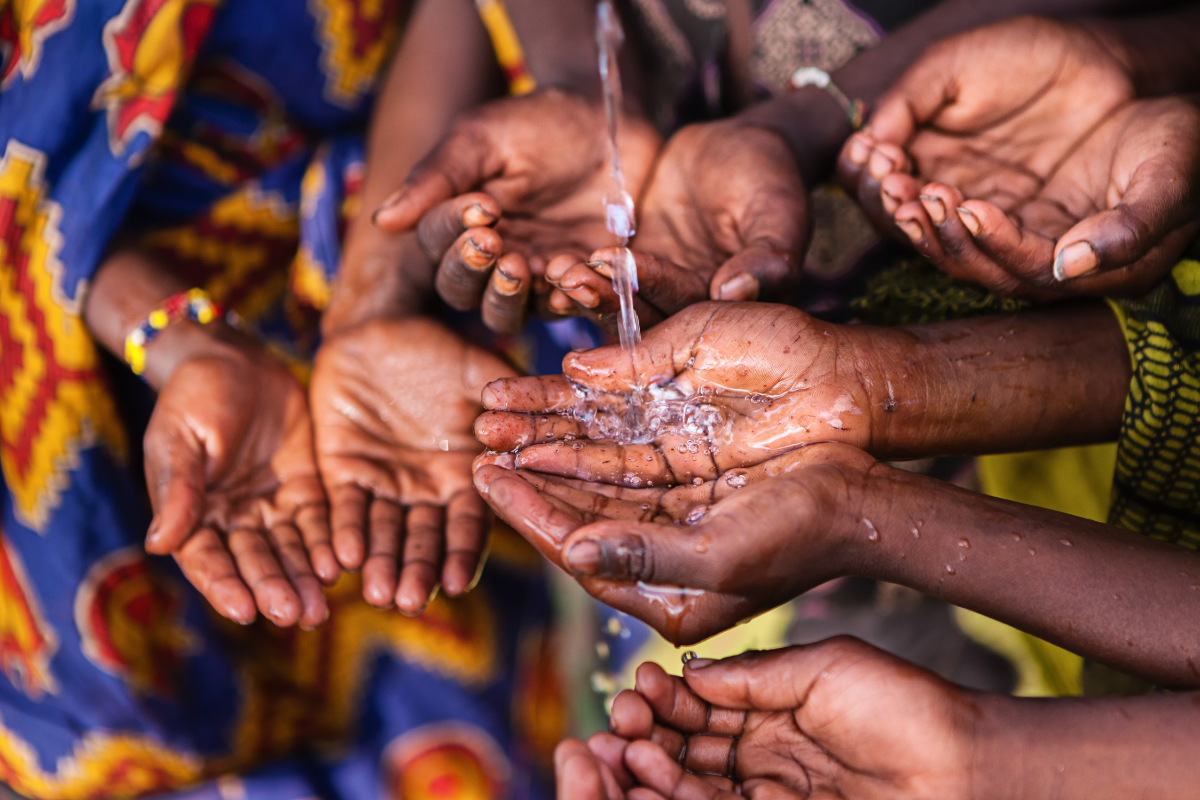

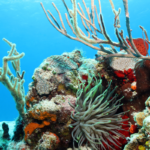

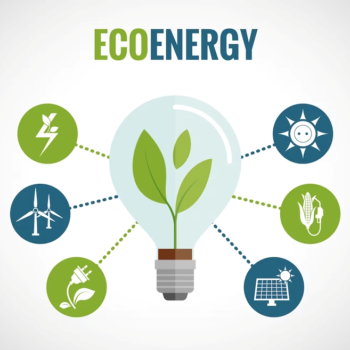
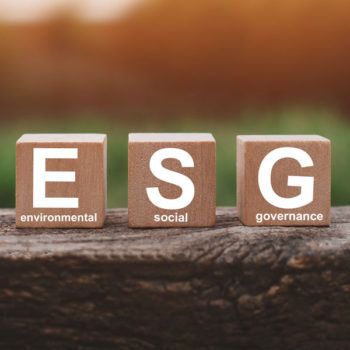

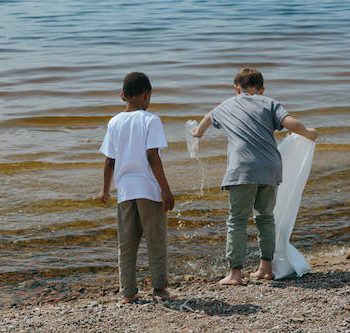
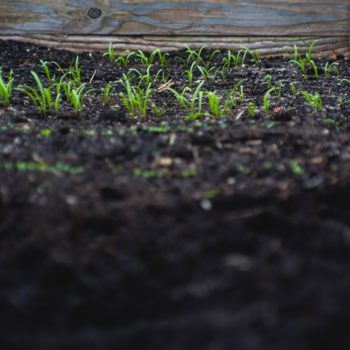
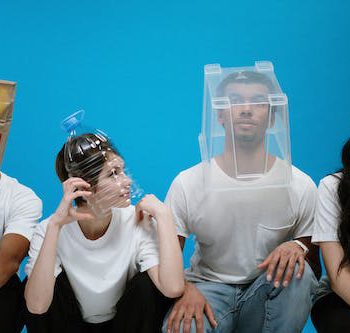
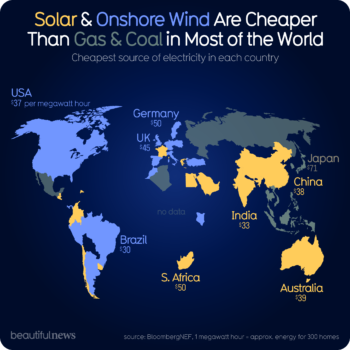


No Comments